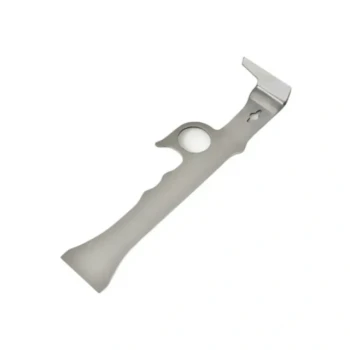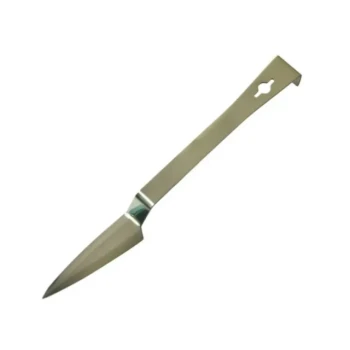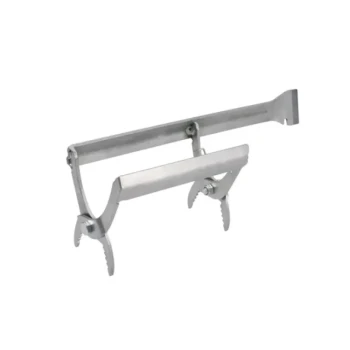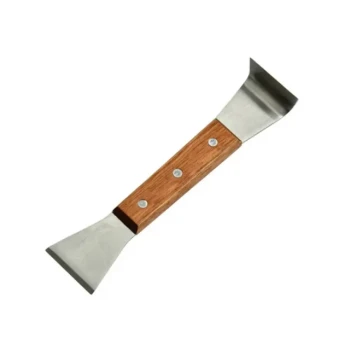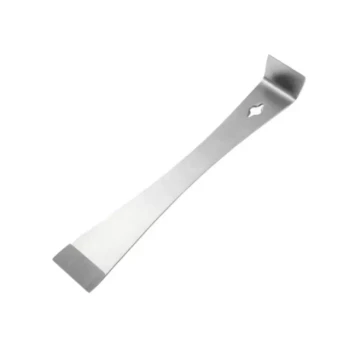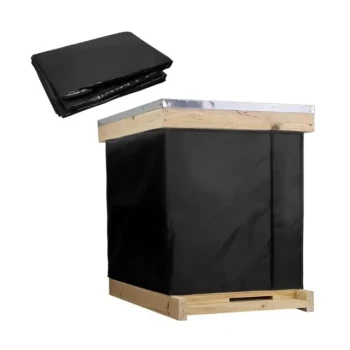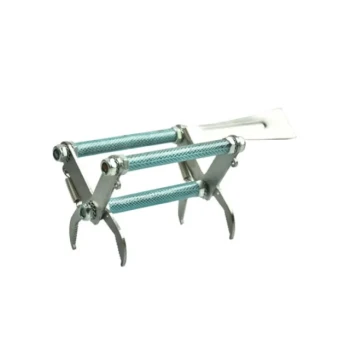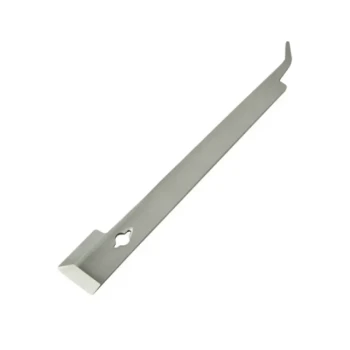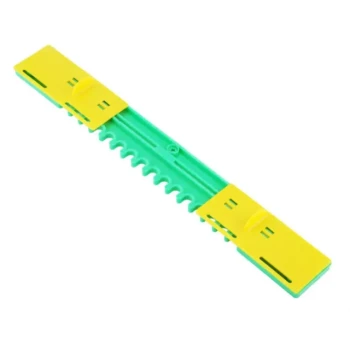In short, the remaining bees in a nucleus (nuc) box should be shaken directly into the new, larger hive after the frames have been transferred. This single action is critical for ensuring the entire colony, including potentially the queen, is successfully relocated into its new home.
The ultimate goal of a nuc installation is to transfer a complete, cohesive colony. Leaving bees behind fragments the workforce, slows development, and risks abandoning the queen, which is why uniting every last bee into the new hive is standard best practice.
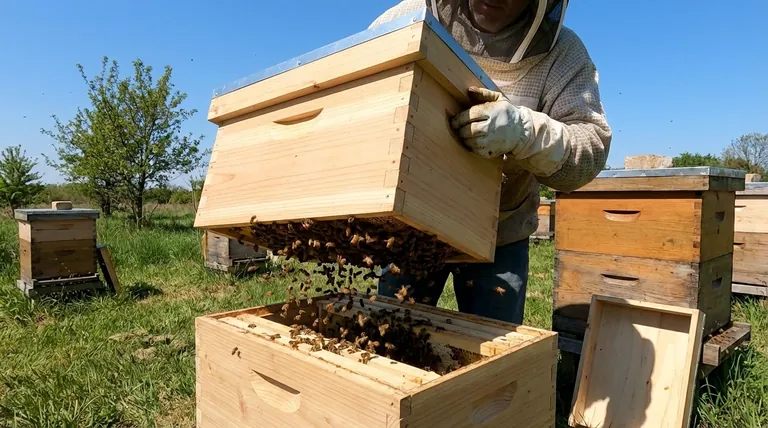
Why Every Bee Matters: The Logic of a Full Transfer
Transferring a nuc is more than just moving frames; it's about relocating an entire social organism. The bees remaining in the bottom of the box are a vital part of that organism.
Maximizing Your Workforce
Every bee has a job. The cluster of bees left in the nuc contains foragers, nurse bees, guards, and house bees.
Losing this population, even if it seems small, directly reduces the hive's capacity to perform critical tasks like drawing out new comb, feeding larvae, and defending the entrance. A larger initial population leads to faster colony growth.
Ensuring the Queen is Transferred
This is the most critical reason. The queen may not be on the frames when you move them. She could be in the cluster of bees on the floor or walls of the nuc.
If you fail to transfer these remaining bees, you could be leaving the queen behind. A queenless colony is doomed, as it cannot produce new bees and will quickly dwindle and perish.
Preserving Colony Scent and Cohesion
The remaining bees carry the colony's unique pheromones. Shaking them into the new hive helps establish the scent profile of the entire space, making it "home" for all the bees.
This helps orient returning foragers and unites the colony in its new, larger environment, reducing stress and confusion.
The Correct Procedure for Transferring the Remaining Bees
The process is simple but should be done with intention and care.
Step 1: Position the Nuc Box
After you have moved all the frames from the nuc into the new hive body, hold the empty nuc box directly over the top of the open hive.
Step 2: Perform a Firm Shake
Give the nuc box one or two sharp, firm downward shakes. The goal is to dislodge the cluster of bees so they fall directly down between the frames in the new hive.
Do not be timid, as a weak shake won't dislodge them, but also avoid being excessively violent. A firm, confident action is best.
Step 3: Handle the Empty Box
After the shake, a few bees may still remain. Place the empty nuc box on the ground, leaning against the entrance of the new hive.
Any flying bees, returning foragers, or stragglers left inside will smell their queen and colony and march into the new hive entrance on their own. You can remove the box after a few hours or the next day.
Understanding the Pitfalls and Nuances
While the procedure is straightforward, awareness of potential issues is key to ensuring a smooth transition.
The Risk of Harming the Queen
There is a very small but non-zero chance of injuring the queen during the shake. This is why a firm, decisive shake is better than multiple aggressive ones.
The risk of leaving her behind entirely, however, is a far greater threat to the colony's survival.
Distinguishing Installation from Splitting
The advice to shake all bees into the new hive applies specifically to installing a nuc into a larger hive.
If you are creating a nuc from a larger "parent" colony (a process known as splitting), your goal is different. In that case, you are deliberately dividing the population, and the queen's location determines which hive she stays in.
Forgetting the Stragglers
A common mistake is to shake the bees and immediately pack up the empty nuc box. This abandons the bees that were out foraging during the transfer.
Always leave the empty nuc near the new hive's entrance for at least a few hours to give every bee a chance to return home.
Making the Right Choice for Your Goal
Your actions should be guided by the primary goal of establishing a strong, healthy colony.
- If your primary focus is rapid colony buildup: Shake every bee from the nuc into the new hive to maximize the starting workforce for drawing comb and raising brood.
- If your primary focus is absolute queen safety: Perform a final visual scan of the cluster in the nuc before giving it a firm, decisive shake to minimize any risk of injury.
- If you are installing on a windy or cool day: Work quickly to minimize the time the bees are being shaken and exposed, and ensure you place the empty nuc box right at the entrance to guide them inside.
A complete and careful transfer is the first step in setting your colony on the path to becoming a productive and thriving hive.
Summary Table:
| Action | Purpose | Key Benefit |
|---|---|---|
| Shake Bees into Hive | Transfer entire colony, including potential queen | Prevents queen loss, maximizes workforce |
| Place Empty Nuc at Entrance | Guide returning foragers to new hive | Ensures all bees are united, reduces stress |
Equip your apiary for success with HONESTBEE. A smooth nuc installation is just the beginning. Ensure your commercial operation or distribution business has the reliable, high-quality beekeeping supplies and equipment needed to support strong, productive colonies from day one. Let's discuss your wholesale needs — contact our team today to build a stronger future for your bees.
Visual Guide
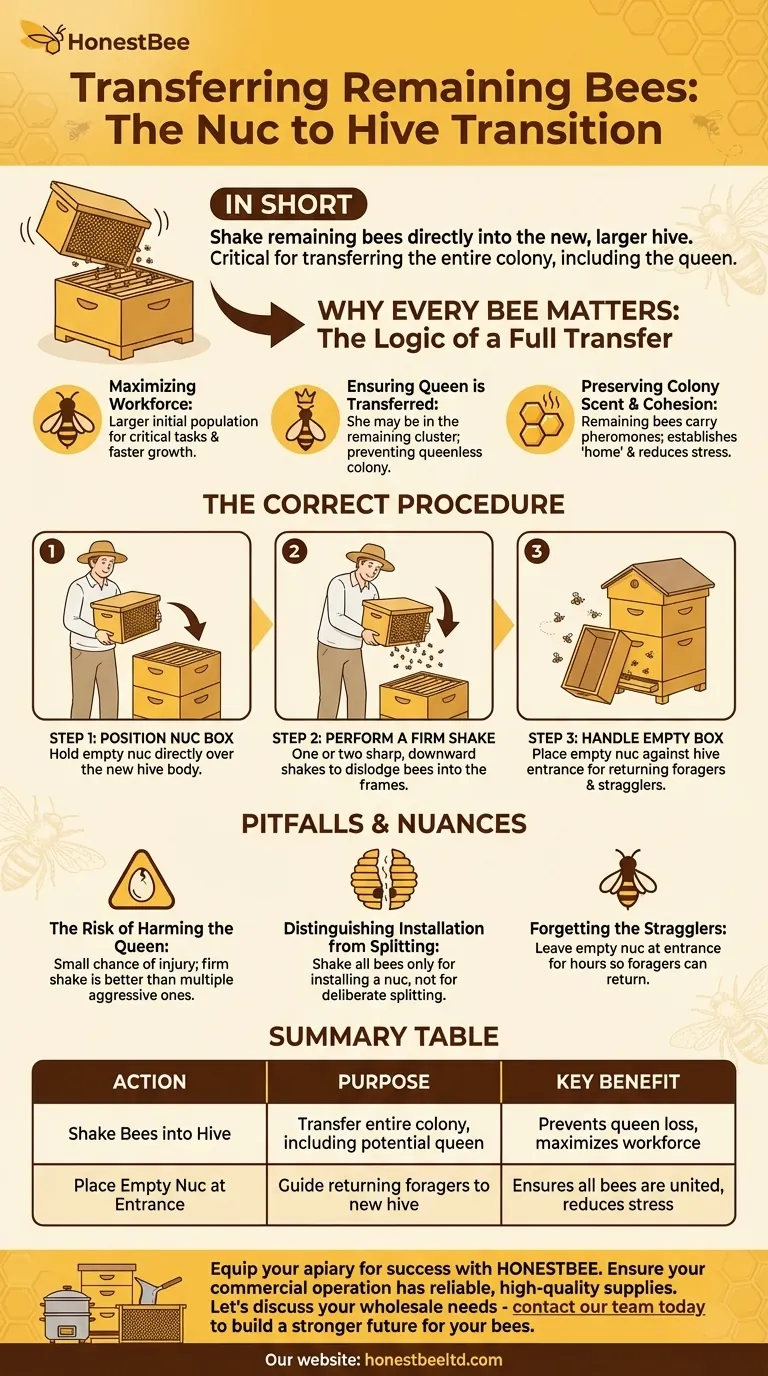
Related Products
- 5 Frame Wooden Nuc Box for Beekeeping
- HONESTBEE Advanced Ergonomic Stainless Steel Hive Tool for Beekeeping
- HONESTBEE Professional Long Handled Hive Tool with Precision Cutting Blade
- HONESTBEE Professional Multi-Functional Hive Tool with Ergonomic Wood Handle
- Multi-Function Plier-Style Frame Grip Hive Tool
People Also Ask
- How many frames does a typical wooden nuc box hold? A Guide to Choosing the Right Size
- How should the nuc be installed in the apiary? Ensure Colony Success from Day One
- What is the purpose of having a nuc in beekeeping? Build a Resilient & Productive Apiary
- What is the advantage of overwintering a nucleus? A Strategic Asset for Beekeeping Success
- What are the benefits of starting a new bee colony in a nuc box? Boost Colony Success with Efficient Beekeeping

